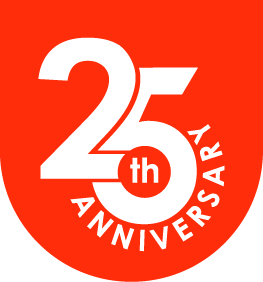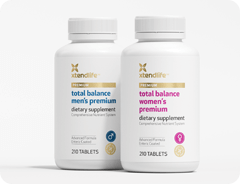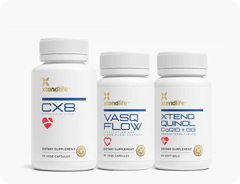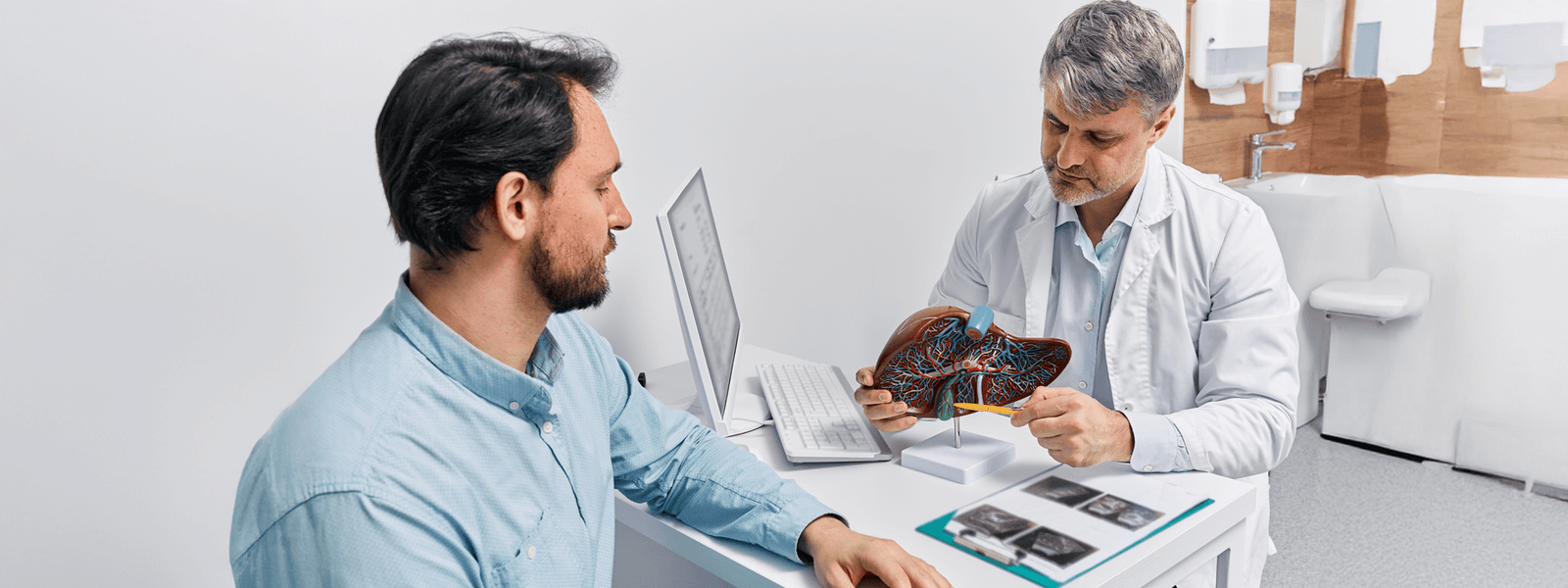May is National Arthritis Month in the United States and the month in which Mother's Day is marked off on the calendar. So we thought it would be a good time to remind you to show your mother's TLCs (tendons, ligaments and cartilage) some TLC (tender loving care).
Now despite what you may have heard (or been led to believe) arthritis is not a natural part of aging. In fact, arthritis is not just one condition. It's a category under which well over 100 associated conditions are listed, including osteoarthritis, rheumatoid arthritis and gout.
Arthritis occurs when a part of the joint becomes inflamed and/or swollen, causing pain, stiffness and difficulty in movement.
To get a better understanding of how arthritis affects the joints, we need to first explain what a joint actually is. A joint is the 'junction' where two or more bones meet. It is the point where they join together to form bendable parts of the skeleton. The hip, knee, elbow, knuckles and toes are all good examples. These bone 'junctions' are covered by cartilage - a smooth, spongy material that protects the bones and allows flexible, pain-free movement.
The cartilage is covered by synovial fluid - produced by the synovium, a further outer covering that protects the joint. The synovial fluid transports nourishment to the joint and acts like oil in a car's engine - easing friction and aiding movement.
The inflammation and pain associated with arthritis occurs when the cartilage starts breaking down and the bones begin rubbing against each other.
In some forms of arthritis, for example rheumatoid arthritis (RA), the synovium is affected resulting in fluid building up in the joints, causing pain and inflammation.
How prevalent is arthritis and what are the symptoms?
Arthritis generally causes problems around the joint, however some forms of arthritis may result in several other symptoms like fever, fatigue and the development of rashes. In cases where the joint is affected, symptoms may include:
- Difficulty moving your joint after being still for a period of time
- Pain on moving your joint
- Swelling and inflammation around the joint site
- Tenderness and warmth
These symptoms and other physiological indicators associated with arthritis and chronic joint pain affect around 70 million Americans. In Australia, 4.5 million people are affected with arthritis being the fourth most common reason for employees taking time off work. In fact, arthritis is a global condition affecting many people.
If arthritis isn't part of the natural aging process, what causes this condition?
Most forms of arthritis are a result of nutritional deficiencies. Poor diet, lacking the important nutrients, vitamins, minerals and amino acids essential for optimal health can result in excessive inflammation and other conditions such as glycation, methylation and free radical formation. These conditions can compound the problems already associated with arthritis.
Some people are surprised when they realize that their arthritis is the result of years of having an imbalanced digestive system and nutrient deficiency.
However, although poor nutrition is a leading cause of arthritic conditions, various repetitive physical movements in the workplace can increase joint stress and potential injury leading to chronic weakness and vulnerability…ultimately resulting in arthritis symptoms.
What about prescription drugs, surely they'll help my arthritis?
They may, but the risks and potential side effects far outweigh any significant benefits associated with taking these drugs. In fact, these drugs don't really treat the symptoms…they only suppressing them. That's like wearing ear plugs to avoid the noisy irritating sound your car engine is starting to make. The 'ignorance is bliss' approach seems to be preferred rather than getting to the actual root cause of the pain.
Non-Steroidal Anti-Inflammatory Drugs (also known as NSAIDs) are usually used for arthritis, rheumatoid arthritis and osteoarthritis. However, the side effects of these drugs include fluid retention, ulcers, excessive bleeding and even potential organ failure from prolonged use.
The next level of drugs include COX-2 inhibitors. These are the super-size ultra potent forms of NSAIDSs which block the COX-2 enzyme wherever inflammation occurs.
What is the COX-2 enzyme?
The COX-2 enzyme is a helpful component in the body that creates protective fatty acids in the body that support joint health, balanced levels of cholesterol and other benefits. By blocking this enzyme, the person will be at an increased risk of heart attacks and other cardiovascular problems.
It's no surprise that some pharmaceutical drugs used as arthritic painkillers have been investigated following studies into their negative cardiovascular side effects. One drug has actually been linked to around 140,000 cases of coronary heart disease in the US since 1999, and reportedly 103 deaths from heart attack and stroke in the UK.
My mother suffers from bouts of stiff joints, how can I ensure she's getting the right nutrients for not only her wellbeing but also to help support the health of her joints?
To get the best nutrients her body needs for optimal health as well as to help support joint health, we suggest taking Xtend-Life's Total Balance, Green Lipped Mussel Powderand Omega 3/DHA Fish Oil for reducing inflammation and improving the structural integrity of her connective tissue and joints. Remember that her digestive system needs to be balanced to ensure her body absorbs all the nutrients she's ingesting. To help with this, Kiwi-Klenz is the ideal supplement for optimal digestive health.
Finally, some people feel they need an extra 'boost' for their arthritic symptoms. For this, we suggest taking Arthrit-Eze (Not Just Joints). It is probably the most advanced natural arthritis formula on the market today containing a 'power-combo' of specific nutrients that actively target the root causes of arthritis… safely helping to support the health of your joints. So if your mother suffers from arthritic symptoms, this product (along with the others mentioned above) will make for a great Mother's Day gift.
References:
- www.medicinenet.com/arthritis/article.htm
- www.arthritis.com/signs_of_arthritis.aspx
- www.arthritis.org/rheumatoid-arthritis.php
- www.arthritis.org/osteoarthritis.php
- www.arthritis.org/juvenile-arthritis.php


 Supplements
Supplements Bundles
Bundles











